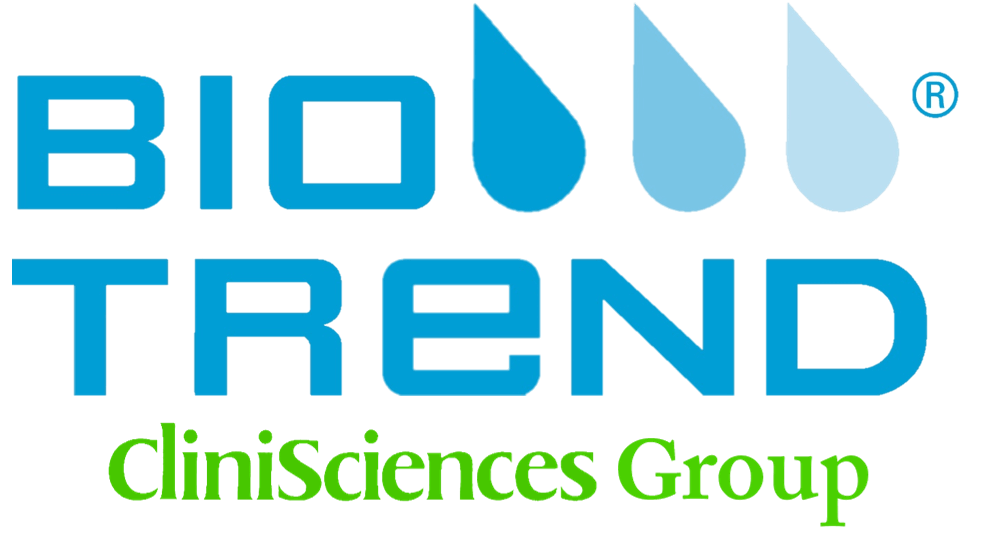Anti-Human CD307e (FcRL5) - Purified in vivo PLATINUM™ Functional Grade
Cat# I-2100-5
Size : 5mg
Brand : Leinco Technologies
AntiHuman CD307e (FcRL5) – Purified in vivo PLATINUM™ Functional Grade
AntiHuman CD307e (FcRL5) – Purified in vivo PLATINUM™ Functional Grade
Product No.: I2100
Clone 509F6 Target FcRL5 Formats AvailableView All Product Type Monoclonal Antibody Alternate Names CD307e, CD307, BXMAS1, FCRH5, Fc receptorlike protein 5, IRTA2 Isotype Mouse IgG2a k Applications B , FC , in vivo , IP |
Antibody DetailsProduct DetailsReactive Species Human Host Species Mouse Recommended Isotype Controls Recommended Dilution Buffer Immunogen Cells transfected with Human FcRL5. Product Concentration ≥ 5.0 mg/ml Endotoxin Level ≤ 0.5 EU/mg as determined by the LAL method Purity ≥98% monomer by analytical SEC ⋅ >95% by SDS Page Formulation This monoclonal antibody is aseptically packaged and formulated in 0.01 M phosphate buffered saline (150 mM NaCl) PBS pH 7.2 7.4 with no carrier protein, potassium, calcium or preservatives added. Due to inherent biochemical properties of antibodies, certain products may be prone to precipitation over time. Precipitation may be removed by aseptic centrifugation and/or filtration. Product Preparation Functional grade preclinical antibodies are manufactured in an animal free facility using in vitro cell culture techniques and are purified by a multistep process including the use of protein A or G to assure extremely low levels of endotoxins, leachable protein A or aggregates. Pathogen Testing To protect mouse colonies from infection by pathogens and to assure that experimental preclinical data is not affected by such pathogens, all of Leinco’s Purified Functional PLATINUM<sup>TM</sup> antibodies are tested and guaranteed to be negative for all pathogens in the IDEXX IMPACT I Mouse Profile. Storage and Handling Functional grade preclinical antibodies may be stored sterile as received at 28°C for up to one month. For longer term storage, aseptically aliquot in working volumes without diluting and store at ≤ 70°C. Avoid Repeated Freeze Thaw Cycles. Country of Origin USA Shipping Next Day 28°C RRIDAB_2893833 Applications and Recommended Usage? Quality Tested by Leinco FC The suggested concentration for this CD307e antibody for staining cells in flow cytometry is ≤ 0.125 μg per 106 cells in a volume of 100 μl. Titration of the reagent is recommended for optimal performance for each application. Additional Applications Reported In Literature ? B IP Each investigator should determine their own optimal working dilution for specific applications. See directions on lot specific datasheets, as information may periodically change. DescriptionDescriptionSpecificity Clone 50946 recognizes human FcRL5 within the first 3 Ig domains. Clone 50946 does not crossreact with FcRL4. Background FcRL5 antibody, 509F6, recognizes Fc receptorlike 5 (FcRL5), also known as immunoglobulin superfamily receptor translocation associated 2 (IRTA2), Fc receptor homolog 5 (FcRH5), and BXMAS1. FcRL5 is a 106 kDa type I transmembrane glycoprotein containing 9 Iglike extracellular domains, a cytoplasmic ITAMlike consensus sequence, and two cytoplasmic ITIMlike sequences1. FcRL5 is found on most mature B cells, with the highest levels on naive and memory B cells and plasma cells1,2. FcRL5 is an IgG receptor and binds to all IgG isotypes3, resulting in the inhibition of BCR signaling through the recruitment of SH2 domaincontaining tyrosine phosphatase 1 (SHP1) after tyrosine phosphorylation of its two ITIMs4. B cell malignancies, including multiple myeloma, chronic lymphocytic leukemia, mantle cell lymphoma, and hairy cell leukemia, often exhibit aberrant FCRL5 expression, indicating FcRL5 as a potential biomarker or therapeutic target57. Antigen Distribution FcRL5 is expressed on mature B cells and plasma cells. Ligand/Receptor Aggregated IgG PubMed NCBI Gene Bank ID UniProt.org References & Citations1. M. D. Cooper., et al. (2001). Proc. Natl. Acad. Sci. USA 98: 9772–9777 2. Koeppen H., et al. (2006) Int Immunol. 18:13631373 3. Colonna M., et al. (2012) J Immunol. 188(10):47415 4. M. D. Cooper., et al (2007) Proc. Natl. Acad. Sci. USA 104: 9770–9775 5. DallaFavera R., et al. (2001) Immunity. 14(3):27789 6. Pastan I., et al. (2007) Leukemia. 21(1):16974 7. Nagata S., et al. (2005) Clin Cancer Res. 11(1):8796 |



